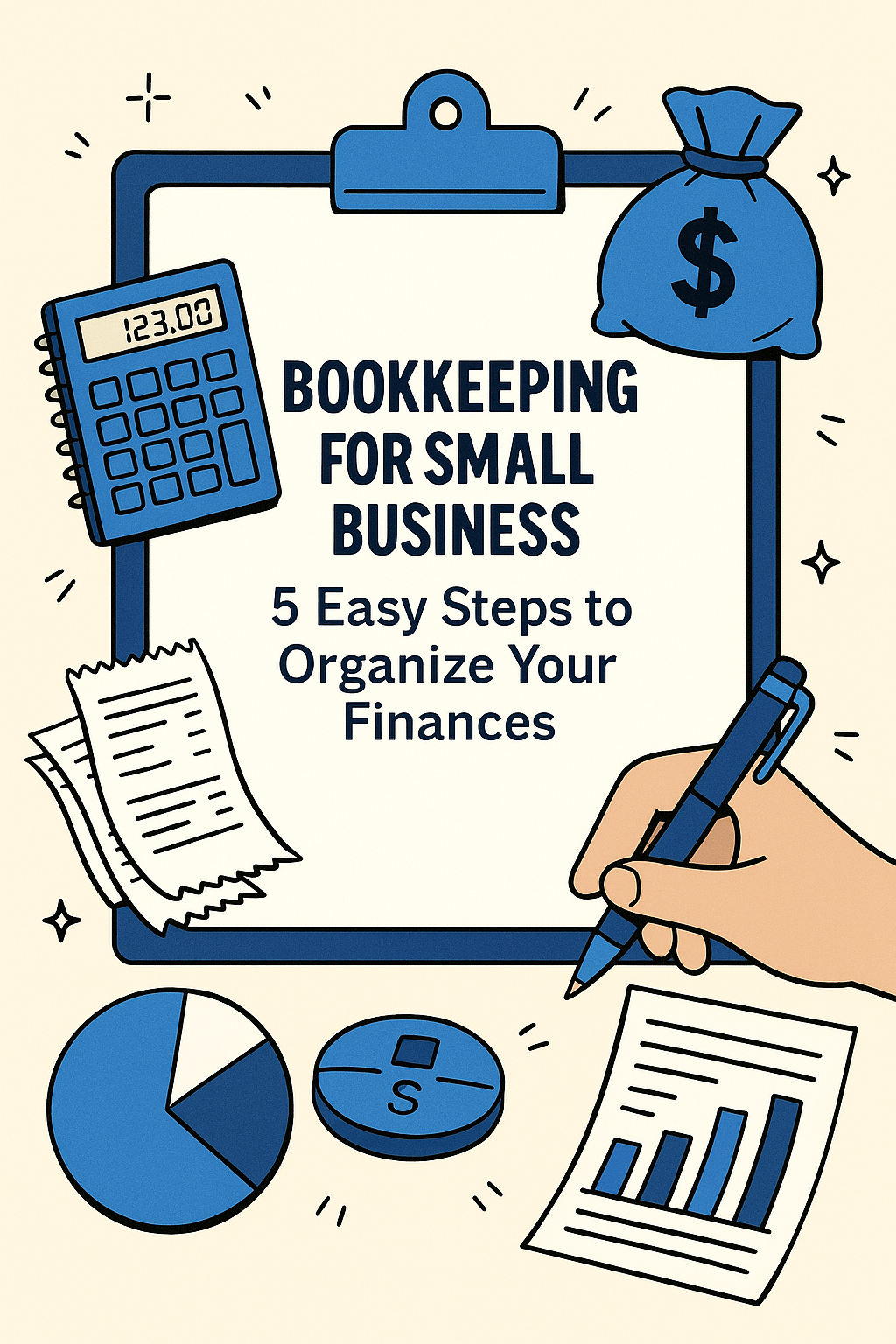
S-corporations are the most widely used tax structure for small business owners including CleverProfits’ agency, coaching, and consulting clients. They retain a single layer of tax on all business profits generated while eliminating self-employment taxes for owner-operators. We’ve modeled different scenarios for all of our clients and in 2022, the S-corporation still edges out C-corporations and sole-proprietorships for 95% of our clients.
With 2022 tax rate increases looming over business owners in the Build Back Better Act, many experts speculated that the current administration would significantly overhaul the S-corporation by forcing active owners to pay self-employment taxes on profits. This would be a huge deviation from current tax law and that would effectively eliminate all of the S-corporation’s tax benefits for owner-operators.
However, the proposed bill as currently written no longer has that change, and instead provides a blanket additional 3.8% net investment income tax on all taxpayers making more than $400,000 ($500,000 married filing jointly). While this is a significant tax increase (especially when coupled with an increase to the top end marginal tax rate of 2.9%), it still allows S-corporations to mitigate a significant amount of self-employment taxes.
Sole-proprietorships and C-Corporations
In order to fully understand the benefits of having an S-corporation, we first need to compare it to two tax structures on opposite ends of the spectrum that are available to a business owner today: the sole-proprietorships and C-corporations.
How Sole-proprietor taxes work
A sole-proprietorship is simply starting a business under your name or a trade name. You own the business activities directly, or own 100% of a limited liability company. You report the income and deductions directly on your personal tax return. Any business income is also subject to a 15.3% self-employment tax on the first $147,000 of self-employment income (as of 2022) and the rest is taxed at 2.9% therein after.
You also have to pay federal income taxes based on your tax rate table with the highest federal marginal tax rate currently at 37%. And, if you’re one of the unlucky few who live in a state with income tax, you also have to pay state income taxes as well.
Sole-proprietors starting a new business quickly realize that combined self-employment, federal, and state income taxes are incredibly regressive and will seek out advice on how to reduce their tax liability.
How C-corporation taxes work
C-corporation owners have a very different tax posture. The business itself pays both federal and state corporate income taxes. Then, any distributions made to owners are subject to qualified dividend tax rates which range from 0% to 20% and state income taxes as well. Salaries paid to owners are deducted from the business profits, but are taxable by the owner-operator and subject to payroll taxes (these mirror self-employment taxes.) This ultimately results in two layers of tax: the corporation pays taxes once, then the owner pays taxes once.
With a C-corporation, if the business does not distribute any dividends then the shareholder won’t pay any taxes. However, there are traps for the wary. Retaining profits in the C-corporation to invest in personal holding income assets that generate passive income like interest, dividends, capital gains, etc. could result in a personal holding company tax. In addition, the accumulated earnings tax prevents C-corporations from deferring the shareholder’s dividend tax indefinitely by forcing the dividend to be paid out to the shareholder through an additional 15% tax. These traps have to be considered by any business owner who is considering use of a C-corporation.
S-corporations: Demystified
Understanding sole-proprietorships and C-corporations helps us settle on the best of both worlds: the S-corporation. The S-corporation is an income tax-only classification that allows shareholders to elect a special income tax status for their business. You cannot create an S-corporation legal entity because it doesn’t exist in the legal world. You have to create an LLC or state law corporation and elect to treat it as an S-corporation with the IRS and your state tax authorities. Check out this article if you want to learn more about the different options you have with Limited Liability Companies.
The beauty of an S-corporation is that it takes the single layer of tax from a sole-proprietorship, called a pass-through tax, and combines it with the protections from self-employment tax from a C-corporation. This is the best of both worlds.
Note that S-corporation shareholders must pay income taxes on all of the business’ profits no matter when they are distributed. This means that even if you leave money in the business bank account, you must still pay a tax on the profits somehow. You can make a tax distribution solely to cover the shareholders’ tax bill.
S-corporation requirements
There are 3 principle rules that S-corporation owners must follow so they don’t violate the tax rules:
- S-corporation owners must be individuals or trusts – not partnerships, C-corporations, or other S-corporations
- There must only be one single class of stock – distributions must be shared equally based on real ownership
- You must pay a salary to any owner-operator working in the business
The last requirement on salary is particularly important and should NOT be missed.
How to setup your S-corporation
You’ll need an existing LLC or corporation organized in your home state before you can elect to treat your business as an S-corporation. Electing to be treated as an S-corporation is quite simple:
- You must file a completed Form 8832 with the Internal Revenue Service
- The Form 8832 must be signed by an authorized officer and all of the shareholders
- It must be filed on time – within 2.5 months of the beginning of the year.
Note that there are late filing relief procedures if you want to make an S-corporation election, but missed the deadline to file and submit it. Reach out to your tax advisor if you want to learn more about how to make a late election. You typically have up to 3 years and 75 days to make the election for a specific tax year as long as you haven’t filed any tax forms that would contradict the S-corporation status itself.
We wrote an entire guide on how to set up your S-corp from start to finish. Check it out!
Annual S-corporation compliance
As with anything in the tax law, there are specific forms and procedures you must follow as an owner of the S-corporation:
- You must file a separate business tax return – Form 1120S and Schedule K-1 – every year beginning in the first year of your election
- The Form 1120S must be completed with a balance sheet and income statement requiring more complex accounting
- You must pay yourself a salary if you’re an owner-operator working in your business which requires a payroll system
While these bullets seem simple, getting all of this set up and working requires continual maintenance and upkeep. We recommend working with a CFO service that can help with all the moving pieces.
S-corporations at 37% tax vs. C-corporations at 21% tax
A common question we get is around the difference in federal income tax rates between an S-corporation and a C-corporation. Back in 2017, the Tax Cuts and Jobs Act significantly reduced the highest rate to a flat 21% corporate income tax rate for C-corporations. Many tax planners thought that would be the doom for S-corporations when compared to the 37% marginal tax rate for individuals.
First, the death of the S-corporation was highly exaggerated. CleverProfits modeled out various scenarios for taxpayers making $100k, $1M, and $3M in profit. The S-corporation beat the C-corporation 9 times out of 10.
Where the C-corporation has an edge is at higher levels of profit after $3M where the individual marginal tax rate of 37% really starts to hurt. It entirely depends on how much reinvesting the C-corporation intends to do. Capital intensive businesses that do NOT return capital to shareholders may have the edge since shareholders do not have to incur an additional tax on dividend distributions until they are received.
Another factor that is extremely important to consider is that S-corporations are considered pass-through entities which allow shareholders to claim the qualified business income deduction. This is a significant 20% write-off to taxable income that lowers the effective tax rate for shareholders even further.
Pitfalls for unwary S-corporation owners
Deciding on an S-corporation structure for your business is a great way to minimize your tax burden, but it could have some drawbacks.
Raising investor capital
For example, if you wanted to raise capital from outside investors or public markets, an S-corporation would not be viable because most investors are partnerships or corporations which cannot be investors in an S-corporation.
Real estate investments
If you’re interested in investing in real estate, investing through your S-corporation does not yield any benefit for rental income and appreciation and would probably hurt you more than it helps. That’s because an S-corporation is still subject to tax on gains when you distribute property. This is why most tax advisors do not recommend buying real property in your S-corporation (or corporation for that matter.)
Multiple members or partners
Businesses with multiple members may find the single class of stock requirements too restrictive since distributions need to be taken out of the business pro-rata. Any disproportionate distributions could be viewed as a second class of stock which would terminate your S-corporation election immediately. One way to reap the S-corp tax benefits is use a holding company that owns your joint venture.
If you have a day job
If you have a day job that pays you W-2 salary, you are already paying payroll taxes which reduces your self-employment tax burden. We’ve seen scenarios where a client inadvertently elects S-corporation status, but they aren’t saving on self-employment taxes because they already pay payroll taxes. They could end up paying more employer payroll taxes that they would not have paid if they remained a sole-proprietorship.
More compliance headaches
Lastly, S-corporations come with significantly more compliance so taxpayers should be prepared to spend on someone who can manage their books, payroll, and tax complexity and weigh that against the tax savings.
It’s important that each taxpayer evaluates their individual case to determine if it makes sense to elect S-corporation status and identify if there could be any drawbacks.
Should you setup an S-corporation?
With all things tax, you should consult with an experienced tax advisor who can evaluate you and your business and determine if it will save you money and advise you on any risks. While taking blanket tax advice and assuming an S-corporation is the best structure could work out, it’s best to consult a professional who has the judgement and expertise to see if it is right for you.
If you need help, reach out to our team to schedule a consultation with an advisor today.
The Clever Writing Team
The CleverProfits writing team includes various team members in Advisory, Financial Strategy, Tax, and Leadership. Our goal is to provide relevant and easy-to-understand financial content to help founders and business leaders reach their true potential.






